A tiny world with astonishing flying beauty around us.
Butterflies and moths are very beautiful creatures in our nature. It adds more color and life, and brings a feel of freshness and freedom to our minds when we see them.
Nature’s Aerial Artists: Butterflies and Moths
Nature never ceases to amaze us with its beauties, and one of the most beautiful things it has to offer is butterflies delicately flying by. The vivid colors, intricate patterns, and almost mystical flight are breathtaking. Let’s explore into the enthralling world of butterflies and moths, from their behavior to their interesting life cycles, and learn what makes them such remarkable creatures
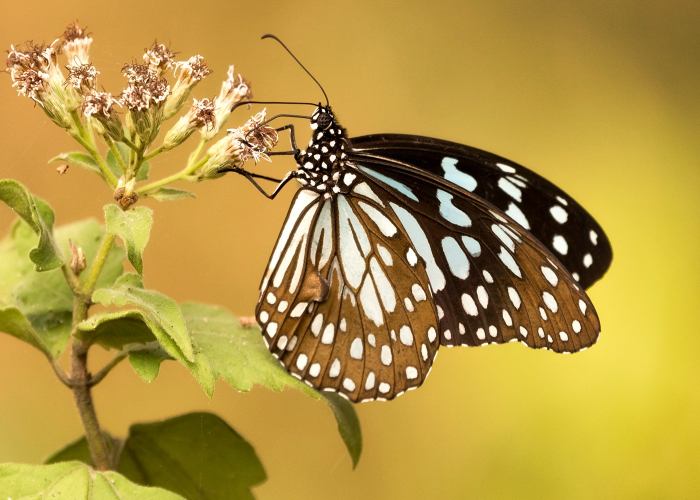
Blue Tiger : They like to live in humid sub-tropical forest.
A World of Contrasts: Diurnal vs. Nocturnal
Butterflies and moths, both members of the order Lepidoptera, have quite distinct lifestyles. Butterflies are diurnal, which means they are active throughout the day, whereas moths are nocturnal, preferring the darkness. Butterfly wings are gracefully folded when at rest, whilst moth wings are flattened against their body.
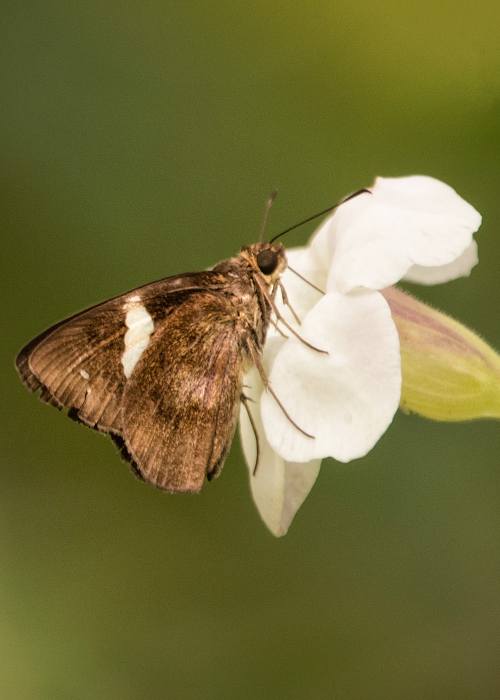
Common Banded Demon : There is a small white spot on each side of the face.
The Attraction Dance
Finding a partner is extremely important for both moths and butterflies. Male moths frequently have larger eyes than female moths, as they require acute vision to seek suitable mates. Pheromones are used by both sexes to attract persons of the opposing sex, and females emit pheromones to express their availability. The amazing part? Using their extremely evolved sense of smell, male moths can identify females from up to 6 kilometers away.

Common Quaker : Markings on the wings are paler in dry season.
The Life Cycle: A Transformational Journey
The life cycle of butterflies is incredible to witness. It all starts with an egg placed by the mother butterfly on a plant that will be the caterpillar’s future meal. When the egg hatches, a little caterpillar or larva emerges. They develop quickly by exoskeleton shedding, which does not stretch like human skin. Because they are toxic, these caterpillars have distinctive patterns and colors that serve as a warning to potential predators.
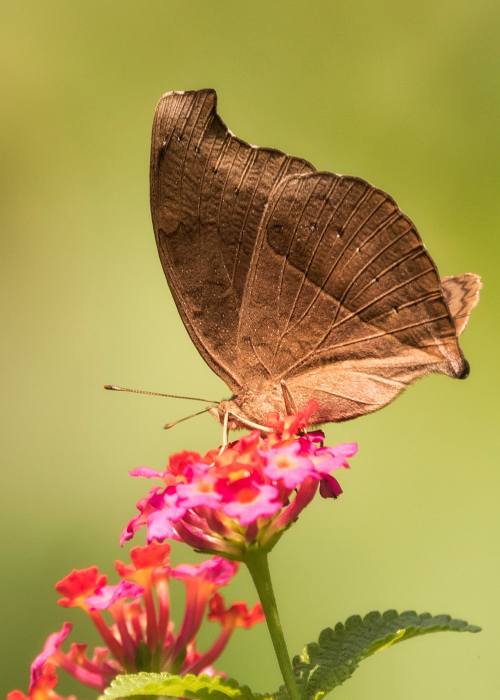
Chocolate Pansy : Wavy lines under their wings vary according to season.
A Metamorphic Miracle at the Pupa Stage
The pupa stage is the caterpillar’s third stage, during which it undergoes a fast change. The growth of gorgeous wings, limbs, tissues, and organs is the outcome of this wonderful process known as metamorphosis. The pupa stage ends with the appearance of an adult butterfly with soft, folded wings.
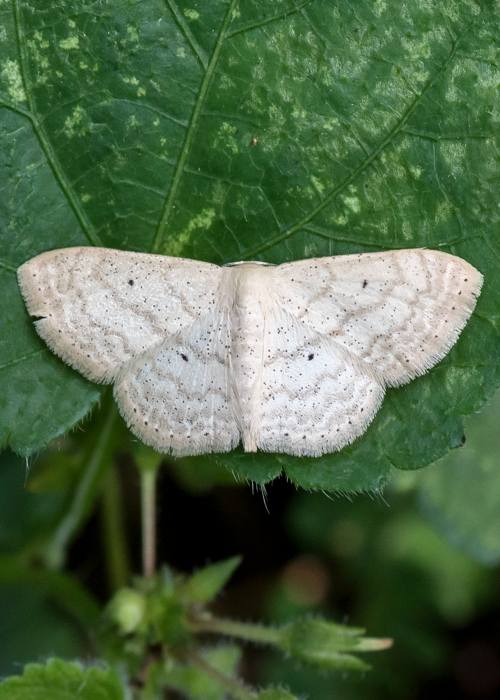
Sub Angled wave Moth : Their larvae feeds on shrubs and deciduous trees.
The Search for Nutrients in the Mud
To obtain critical nutrients and minerals, butterflies participate in a peculiar habit known as mud-puddling. They are attracted to wet environments such as dirt, rotting plants, and even decaying animal meat. These compounds comprise amino acids and salts that are essential to their physiology and ecology.
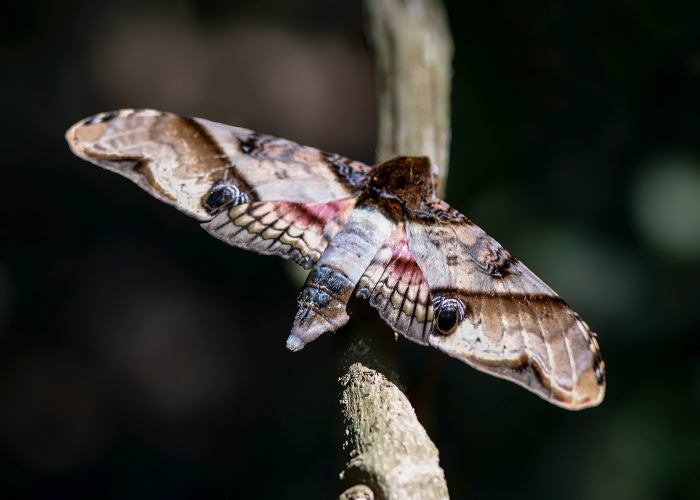
Mango Hawk Moth : Its wingspan is around 90mm.
Sight and Taste Are Sensory Marvels
Butterflies have exceptional sensory capacities. They can perceive ultraviolet colors that the human eye cannot see and can detect objects from a distance of 10 to 12 feet. The ability of their feet to taste benefits them in discovering host plants and nectar. Adult butterflies generally feed on liquids via a proboscis, a straw-like organ that unfurls when nectar or other liquids are found.
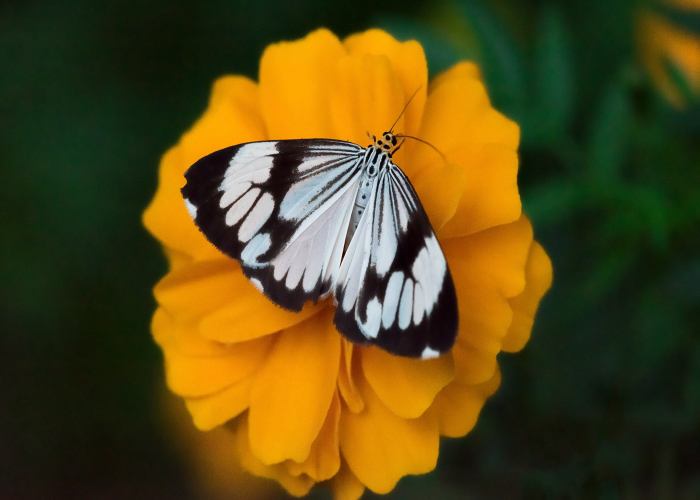
White Marbled Moth : They are also called White Tiger Moth.
Body Temperature Is Important
Butterflies, being cold-blooded, require an optimal body temperature of roughly 85°F to fly efficiently. Their flight muscles are less functioning in lower temperatures, making them vulnerable to predators. They must first warm up before taking off. Some butterfly species, such as monarchs and mourning cloaks, can live for up to 9 months.
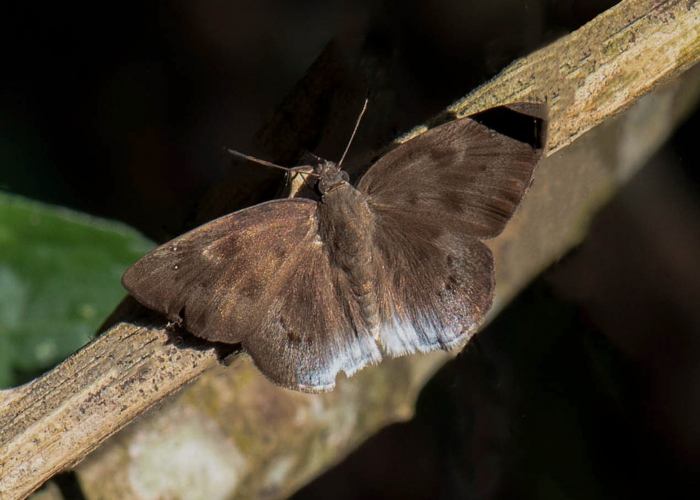
Suffused Snow Flat : Semi-transparent spots on forewing.
Survival Techniques: Camouflage and Other Techniques
Butterflies use a variety of tactics to avoid becoming a meal for predators. They have the ability to change into brilliant colors, which are frequently harmful or unappealing. They also learn the art of camouflage, fitting in with their surroundings by folding their wings to hide from prying eyes.
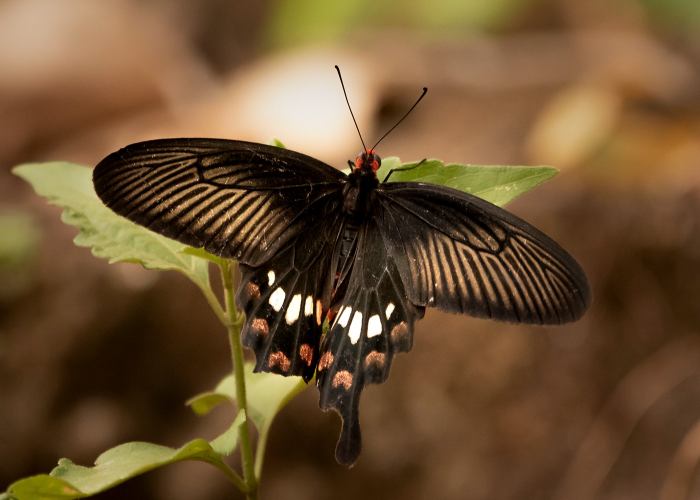
Crimson Rose : Mainly found in western ghats, kerala.
Pollinators in Nature
Butterflies and moths play an important part in pollination, promoting plant reproduction. They help to keep our ecology in balance and ensure the survival of numerous plant species.
Insects, particularly butterflies and moths, provide us with a window into a world of intriguing activities and distinguishing traits. These species not only fascinate us with their beauty, but they also play an important role in our natural world. So, the next time you see a butterfly, take a moment to marvel at nature’s airborne performers.
Copyrights:
All the photos and text in this post are copyright of Udith Ullas , Kannur , Kerala Creative Hut Institute of Photography .Their reproduction, full or part, is forbidden without the explicit approval of the rightful owners.


